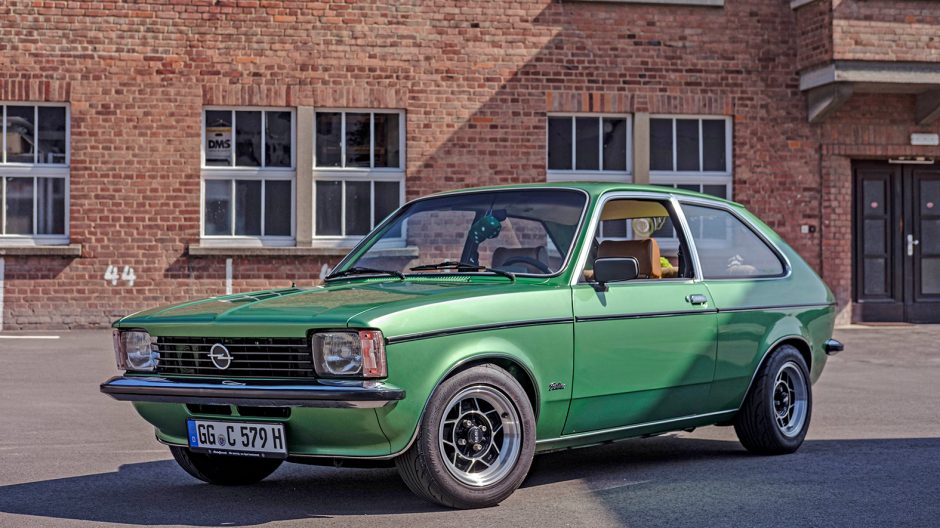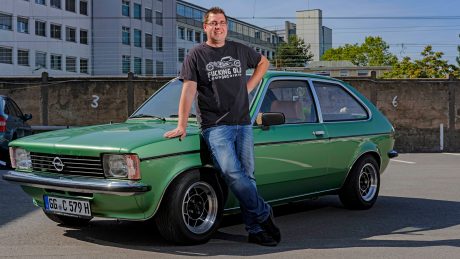- Rare collector’s item from 1979: Christian Bargon’s Opel Kadett City.
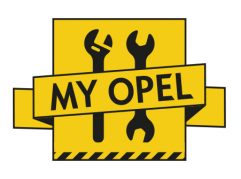
Employees and Opel fans
open their garage doors for us
Which model do you have parked at home? Write to us:
opel.post@opel.com
The sun is low in the sky, but the surrounding walls only cast a few shadows on the shimmering asphalt of the parking lot, and somehow the thermometer does not want to drop below the 30 degrees Celsius mark today. We met in front of Las Brisas, a restaurant in Rüsselsheim, with Christian Bargon and his Opel Kadett City. Both of them are already there. The owner is sitting casually in the trunk, the tailgate opened for protection from the sun. Bargon has to smile. “Yeah, there’s something magical about the car,” says the 32-year old and smirks, “it always puts a smile on people’s faces.”
Witness to a change of times
Bargon’s jade green Kadett C is a witness to a change of times. It was manufactured in 1979. It was the year in which scientists met in Geneva for the first world climate conference, when the Walkman made it possible to listen to music while on the go, when China opened up to the West under head of state Deng Xiaoping – history wanted the year 1979 to mark the dawn of modernity. At Opel too. The first Opel with front-wheel drive made its debut with the Kadett D at IAA in September. The rear-wheel drive of the predecessor had gone out of fashion.
![]()
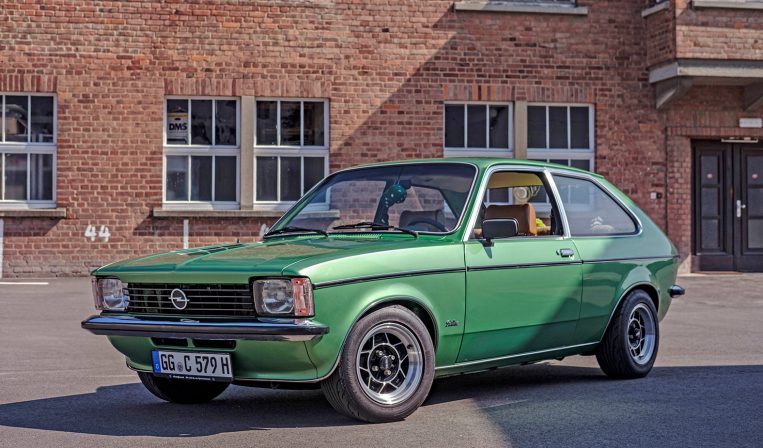
The Kadett City: The three-door hatchback version of the Kadett C came off the production line from 1975 to 1979.
![]()
But what was rightly considered outdated at the end of the 1970s makes the Kadett C an extremely popular classic car today. For Bargon, the third Kadett generation has been an object of desire since his childhood. Especially the hatchback version, which makes the versatile best-seller the perfect city runabout to this day. It was the biggest holiday in the region, a Rose Monday, when he bought the car in Nieder-Olm, near Mainz. That was a year and a half ago now.
Well-versed Kadett connoisseur
An Opel colleague was sad to part with his C-model. Christian Bargon brought along well-versed experts to the purchasing appointment, his uncle Harald and his dad Wilhelm, both of whom have been enthusiastic Kadett City grease-monkeys and drivers for years. Everyone knows Wilhelm. After all, Wilhelm Bargon had worked in the city of Rüsselsheim’s regulatory authority for years, where he was responsible for radar controls, and became a legend of his hometown as “Speed Camera Willy” in his white Opel Omega.
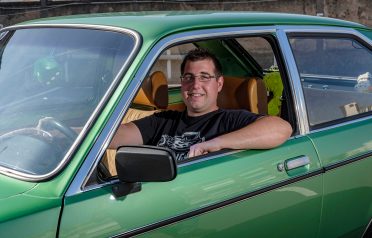
Proud owner: Christian Bargon uses his Kadett City as a “fair-weather vehicle” and for a few select trips.
–––––
Around 1.6 million Kadett C cars were built, 263,090 of them were City versions.
–––––
![]()
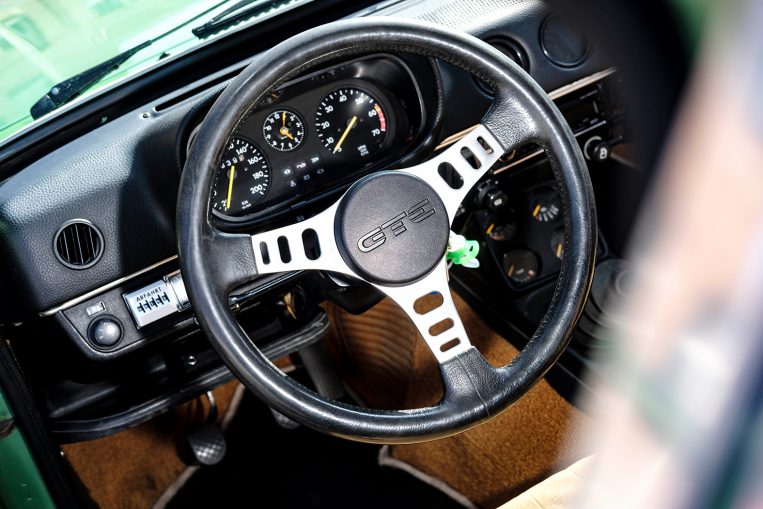
Speed, time, torque: The dashboard always has the most important information at hand. The original owner splurged for the sporty steering wheel for a surcharge of 26 Deutsche Marks.
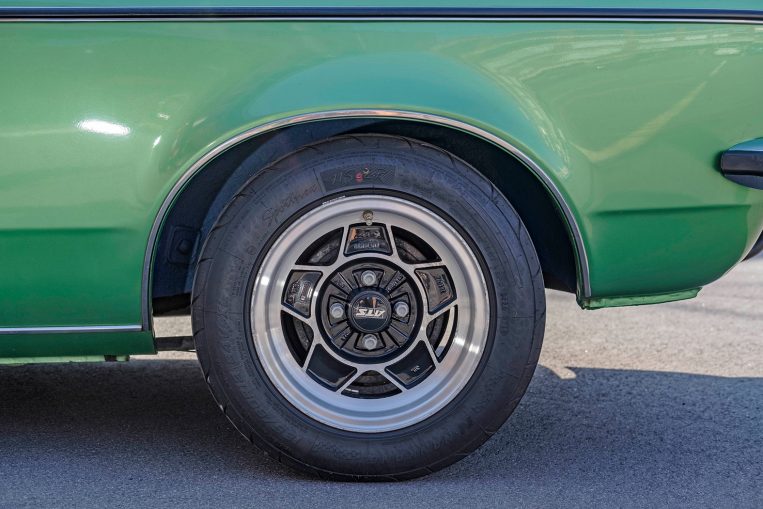
Cult status: The Kadett City’s sporty design features 13-inch ATS rims and 185-millimeter-wide tires.
![]()
The car with a 1.6-liter engine is in great condition. The deal is quickly done and the Bargons screw a red-and-white license plate to the car and set off to the TÜV inspection. This time, they’re not heading to Mainz – where you’ll most likely be given a “Zugplakette” (small, collectable figurines that symbolize the carrier’s bond with the Mainz Carnival) – but instead over the Rhine to Rüsselsheim. This is where the newly purchased Kadett C works its charming magic for the first time. The engineer Thorsten Mahr sees the specimen – and smiles. He manages the testing laboratory of the Gesellschaft für Technische Überwachung (GTÜ [officially recognized monitoring organization in Germany]) and is himself a big Kadett City fan.
No, it’s not a GT/E
“Sorry, I only give out approval stickers to cars with two-liter engines,” says the engineer dryly though when he opens the hood. It takes a moment for Christian to realize he has fallen victim to an inside joke from an intimate Opel connoisseur. A 2.0-liter engine was only put in the rally and GT/E version of the C coupé at the time. Of course the 1.6-liter engine will eventually receive approval; only the brakes needed to be overhauled.
The Globetrotter
Versatility was the hallmark of the Kadett C: It was available as a two- and four-door notchback sedan, a caravan, and an elegant coupé. The Kadett City with a hatchback (starting in 1975) and the convertible sedan Aero (starting in 1976) were added. The Kadett C was also available in an economy model with 40 hp in response to the oil crisis. On the other end of the scale is the GT/E with a 1.9-liter engine and 105 hp. The top speed was 180 kilometers per hour. Later it was even available with up to 115 hp.
The Opel Kadett C mobilized people around the world: In Japan, it was called the Isuzu Gemini, the Holden in Australia and in the U.S. it was known as the Chevrolet or Pontiac. Customers in both the U.K. and Argentina could order one under the name Vauxhall Chevelle. The Opel Kadett C was produced by no less than 14 brands with over 40 different model names and in even more chassis and equipment versions around the world.
![]()
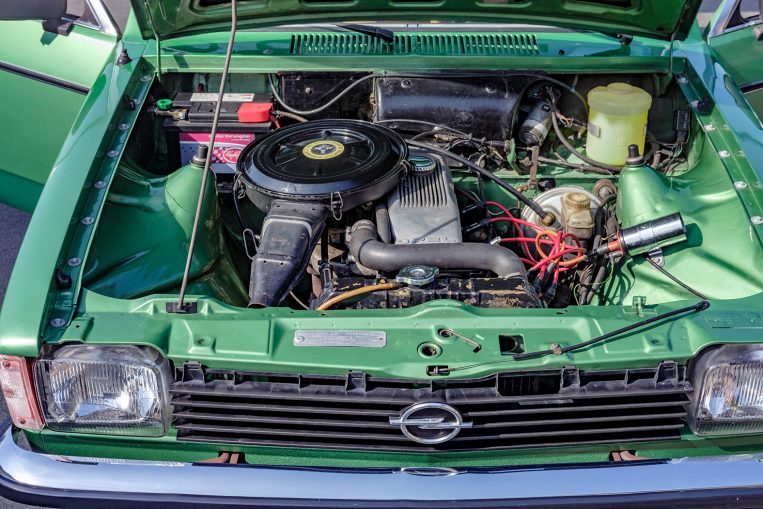
A look under the hood: home to a 1.6-liter engine with 75 horsepower.
![]()
Technical Data
Opel Kadett City with Berlina optional extras
Year of production 1979
1.6-liter S engine (premium fuel)
Cylinders 4
Displacement 1,584 cm³
Max. power at 5,200 rpm 55 kW/75 hp
Torque at 3,800 to 4,200 rpm 115 Nm
Car dimensions
Length 3,895 mm
Width 1,580 mm
Height 1,375 mm
Maximum speed 155 km/h
Acceleration from 0–100 km/h 13 seconds
Price new, including various extras D-Mark 13,233
Bargon does not always choose the Kadett City, but he does as often as possible. The Rüsselsheim native sits on the brown velour seats. And it is not by chance that they exude high quality; they are part of the upscale Berlina extras. He grabs the steering wheel – an upgrade that the original owner indulged in. Driving: An absolute pleasure! “Unpretentious to the point of waving it aside and almost indefinitely durable in everyday life.” For Bargon, simplicity is the special allure of his classic car.
Like a family
The characteristic design features: flat radiator grille, the hood with a typical crease and the front apron formed into a spoiler. “This design language from the 70s is timelessly beautiful and, for me, the Kadett City is a piece of my childhood,” says Bargon, who himself was only born in the 80s.
![]()

Getting the green light: Christian Bargon has equipped the interior of his Kadett City with additional accessories that match the exterior color scheme.
![]()
When days don’t deserve the description of “nice weather,” Bargon gets into his Astra G convertible. After all, it goes without says that the Rüsselsheim native drives an Opel – even though he works at a metal working company in Nauheim: “Our family has always been associated with the brand.”
–––––
Today the Kadett C is more popular than ever as a cult object – just consider the Kadett C meeting in Kaiserlautern that draws fans from all over Europe.
–––––
He also takes trips in his Kadett City every now and then, such as to Suhl in Thuringia if there is a vintage two-wheeler meet-up taking place – Bargon collects old mopeds and motorcycles. He then puts his Samson on a trailer and hitches it to his Kadett City – it doesn’t get more nostalgic than that. And yes, the Kadett C does not lose its magic beyond the Hessian border. It also puts a smile on people’s faces in neighboring Thuringia.
![]()
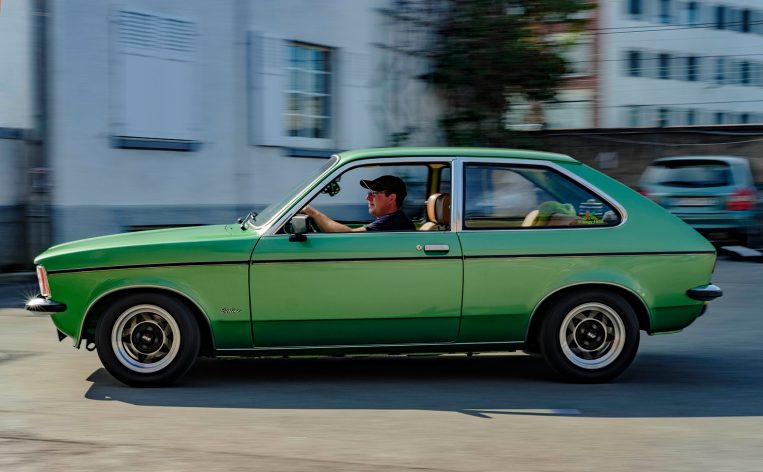
Pure driving fun: Christian Bargon behind the wheel of his Kadett City, the official maximum speed of which is 155 km/h.
August 2019
